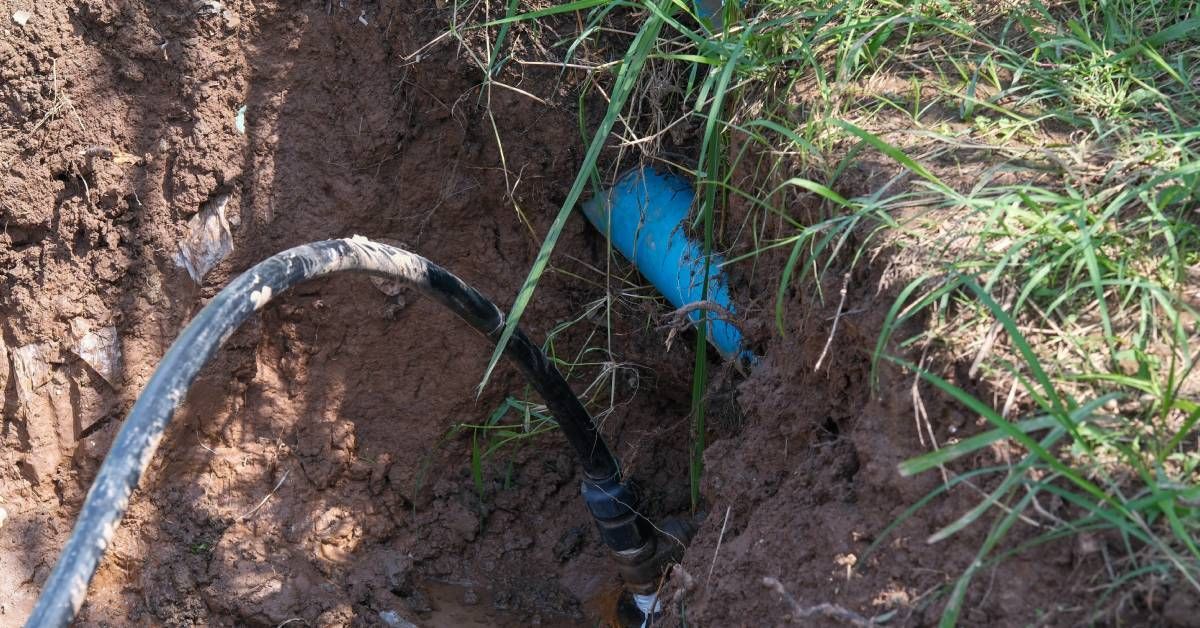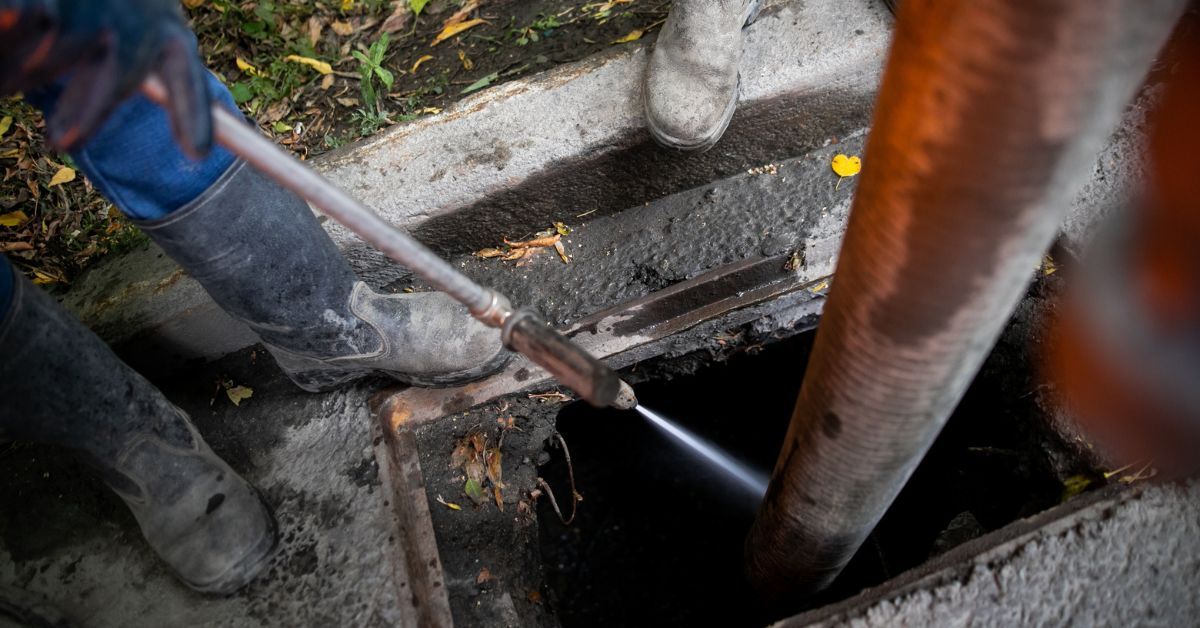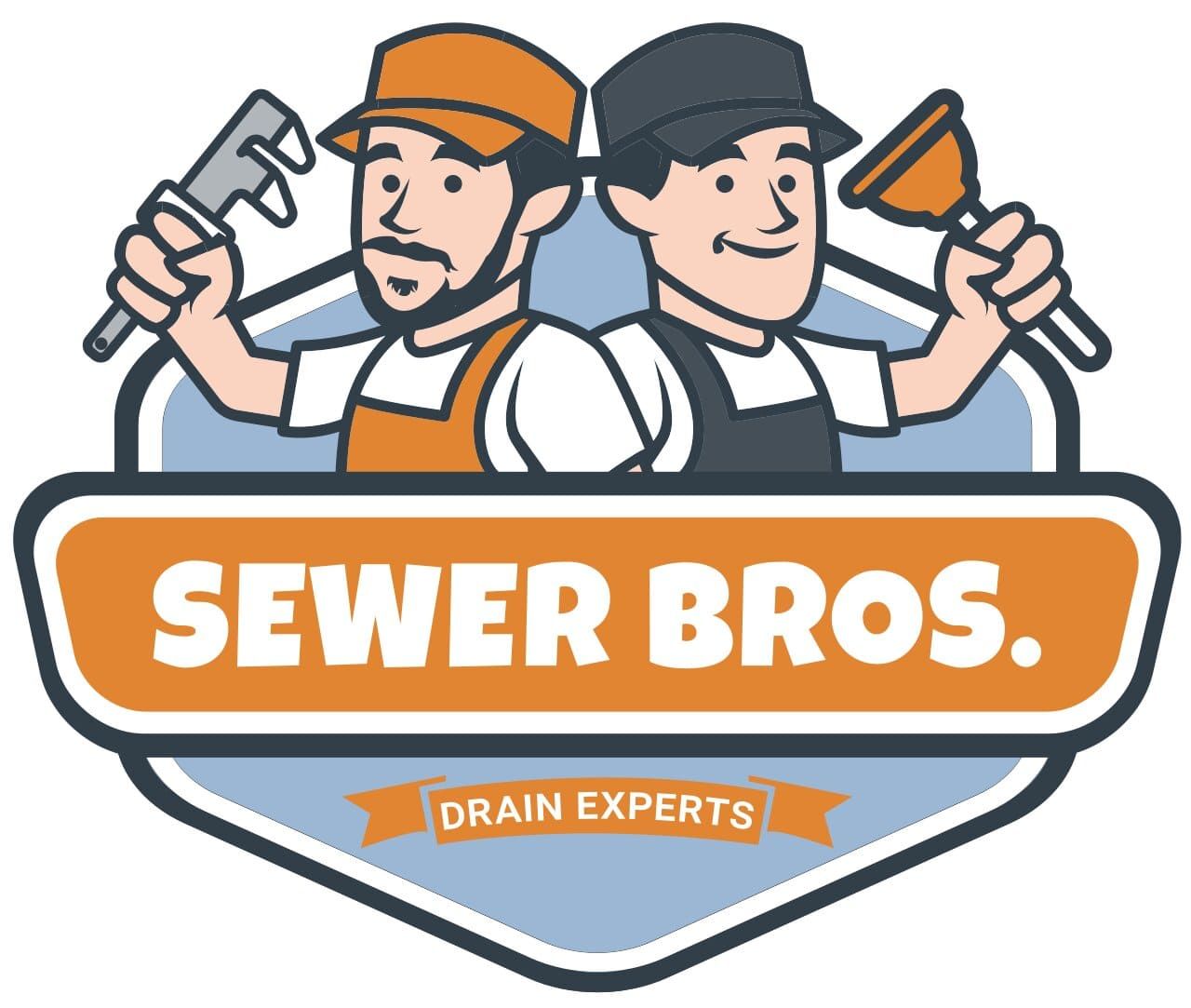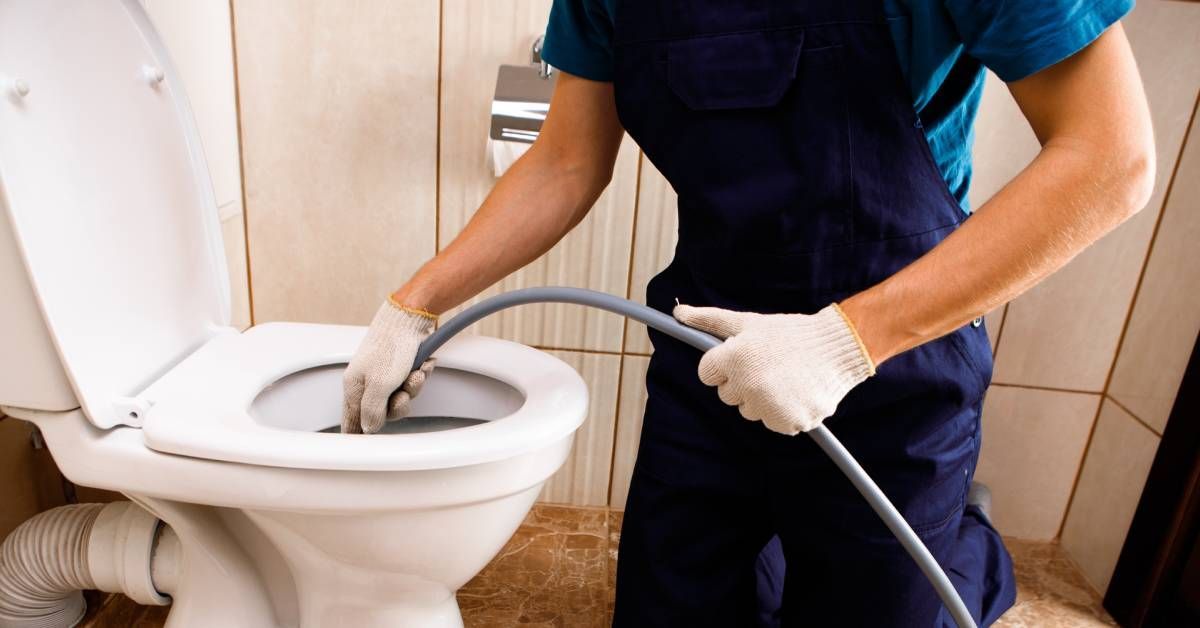7 Signs That You Have a Clog in Your Drain Line
A clog in your drain line can go from an inconvenience to a serious problem requiring costly repairs and posing unsanitary conditions that can affect the well-being of your property. Left untreated, a small clog can cause water backups or even structural damage due to leaks. Recognizing the early warning signs of a drain clog is important for maintaining the functionality and longevity of your drainage system.
Whether you’re a homeowner trying to protect your investment or a property manager responsible for multiple units, staying proactive can save you time, money, and frustration. The key is to act quickly when you notice something unusual with your drains. Keep reading to learn seven common signs that suggest you might have a clog in your drain line, along with practical steps you can take to address the issue.
Standing Water
One of the most obvious signs of a clogged drain line is standing water in sinks, tubs, or showers. This occurs when water has no clear pathway to exit your plumbing system, indicating a blockage. Even if the water eventually drains, the issue is unlikely to resolve itself. Promptly addressing standing water can prevent larger issues later, such as pipe corrosion or water pressure buildup, which can cause leaks.
If you notice standing water, avoid using chemical drain cleaners, as they can damage pipes or worsen the clog. Instead, consider scheduling a professional drain cleaning to diagnose and resolve the underlying issue.
Water Draining Slower Than Usual
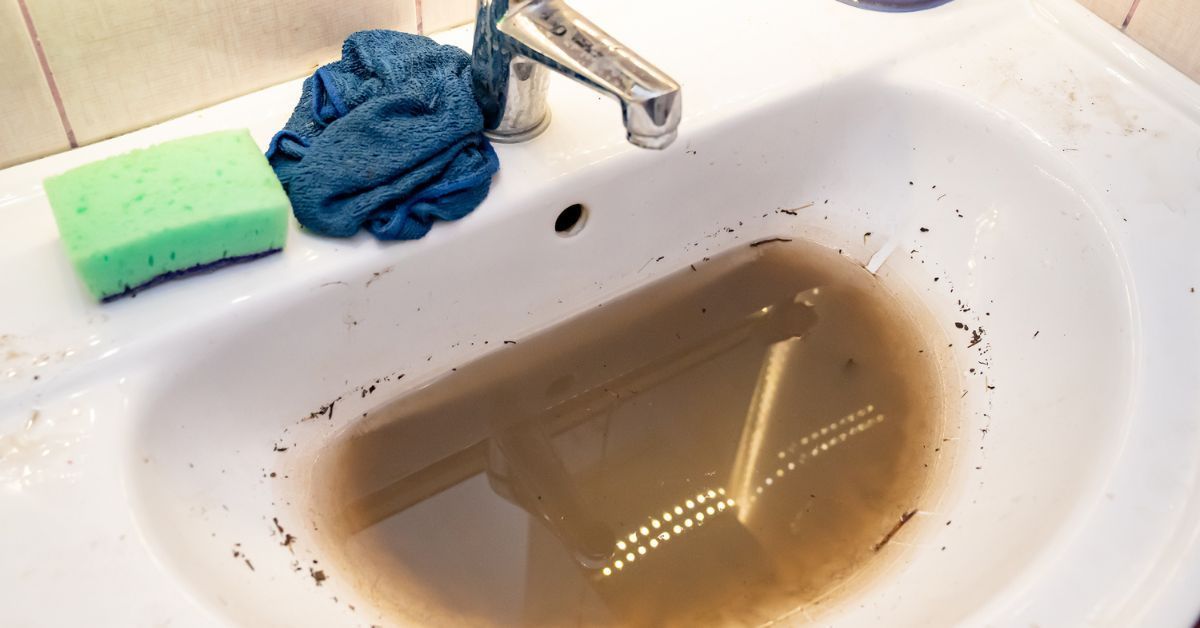
Slow-draining water is another key indicator of a potential drain line clog. You might notice that water takes longer to leave your sink, tub, or shower, often accompanied by an audible gurgling sound. The slow pace of drainage often stems from a partial blockage, such as hair, grease, or debris accumulating in the pipes.
Ignoring this problem can allow the clog to grow larger over time, leading to more severe blockages or pipe damage. Address slow-draining water as soon as you observe the issue. Professionals use specialized tools to safely clear partial clogs, restoring proper water flow in your drain lines.
Unpleasant Smells
Foul odors emanating from your drains are a common sign of a blockage. When organic materials such as food particles or grease become trapped in your pipes and start to decompose, they create an unpleasant smell. This is especially noticeable in kitchen sinks but may occur in other drains as well.
If you notice a persistent bad odor that doesn’t fade after cleaning the sink or drain, it’s a good indicator of something trapped within the drain line. A professional inspection is often the best way to tackle the root cause of the smell and clear your drain line.
Toilet Overflowing or Not Flushing
Toilets are some of the most common sources of clogged drain line issues. If your toilet overflows frequently or doesn’t flush properly, this issue might be due to a blockage further down in the main drain line. This problem can also lead to water backflow into sinks or tubs whenever you flush the toilet.
Backflow and regularly overflowing toilets are signs of a more severe plumbing issue that requires immediate attention. Attempting DIY fixes, like using a plunger, may provide temporary relief, but professional intervention will help prevent recurring problems.
Gurgling Sounds
Unusual noises, such as gurgling or bubbling sounds, coming from your drains or toilet can also indicate a clog. Air trapped in the pipes due to a blockage often causes these noises. When water flows past the clog, it forces air upward, creating this distinct gurgling noise.
You might hear these sounds even when you’re not actively using the sink or toilet. Constant noise suggests that the issue lies deeper in your drainage system. Scheduling a professional inspection can help confirm the source of the noises and clear the clog.
Debris or Coloration in Your Water
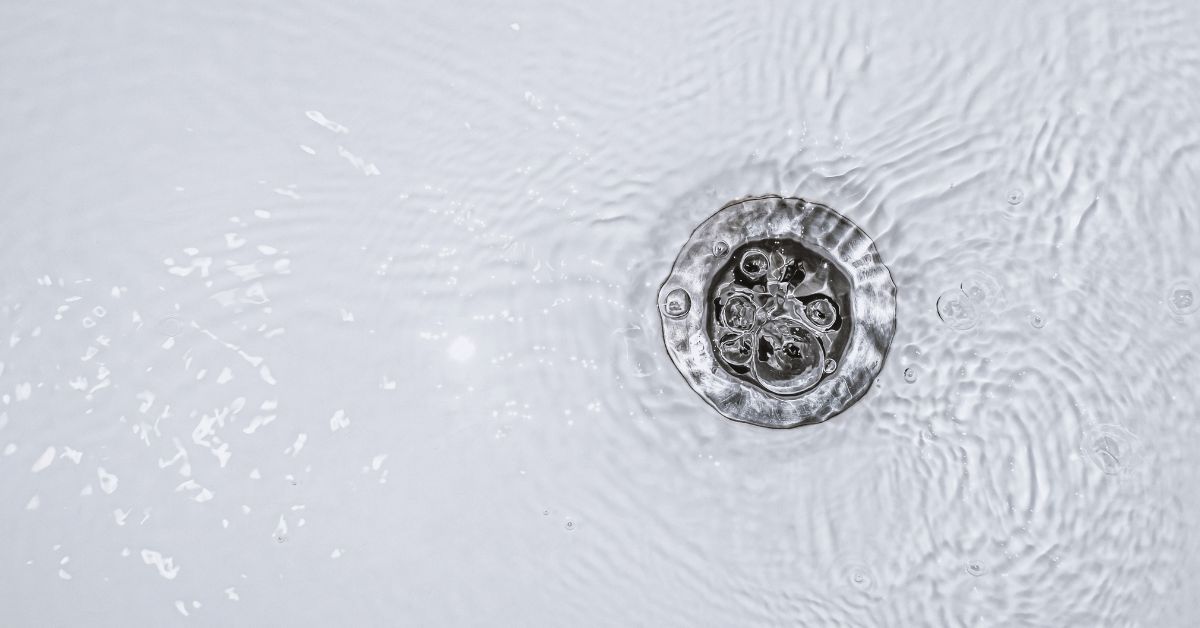
If you see black or brown flecks appearing in your tap water or notice an unusual discoloration, this sign could also indicate a clog in your drain line. Debris can accumulate in the pipes and re-enter your water supply when blockages occur. While less common, this is a serious sign that your plumbing system may have issues. Avoid using the water and contact a professional right away to prevent further contamination. An expert can assess your plumbing system and provide the necessary repairs.
Staining Around Drains
Visible staining or discoloration around the drains in your sinks, tubs, or toilets is another sign of a possible clog. These stains often result from water pooling around the drain area, carrying debris or rust from the pipes. Over time, stagnant water can cause unsightly marks and structural damage to the surrounding surfaces. Regular maintenance and identifying clogs early can prevent staining and ensure your plumbing system remains in optimal condition.
What To Do When You Suspect a Clog
If you suspect a clog in your drain line, contact a professional for an inspection and service. Companies like Sewer Bros specialize in identifying and resolving drain blockages quickly and effectively. Using advanced tools such as drain cameras and hydro jetting technology, our professionals can thoroughly clean your pipes and restore proper flow with residential drain line services Salem, MA.
Attempting to resolve clogs on your own can worsen the problem or cause additional damage to your plumbing system. Schedule a service with experts who can properly diagnose and fix issues to avoid costly future repairs.
What You Can Do To Prevent Drain Clogs
Prevention is key to maintaining clear drain lines and avoiding unexpected plumbing problems. Implementing a few simple practices can go a long way in keeping your drainage system functioning efficiently. First, avoid pouring grease, oil, or heavy debris down the drain. Pour these materials in a separate container for disposal to prevent buildup in your pipes.
Second, use drain strainers in sinks and showers to catch hair, food particles, and other debris. Clean the strainers regularly to ensure water flows freely. Additionally, schedule regular drain maintenance and inspections with a drainage professional. Routine checks can identify potential issues early and prevent them from escalating into more significant problems.
Recognizing the warning signs of a clogged drain line can help you address issues before they become emergencies. From standing water to unpleasant smells, these indicators often point to blockages that require immediate attention. Scheduling regular inspections and maintenance is your best defense against drain clogs to protect your home or property in the long term.
If you’re experiencing any of these signs or want to keep your plumbing system in top shape, contact the Sewer Bros for a professional drain inspection today. Clear drains mean fewer headaches and a healthier home environment for you and your family.
You might also like
Blog
